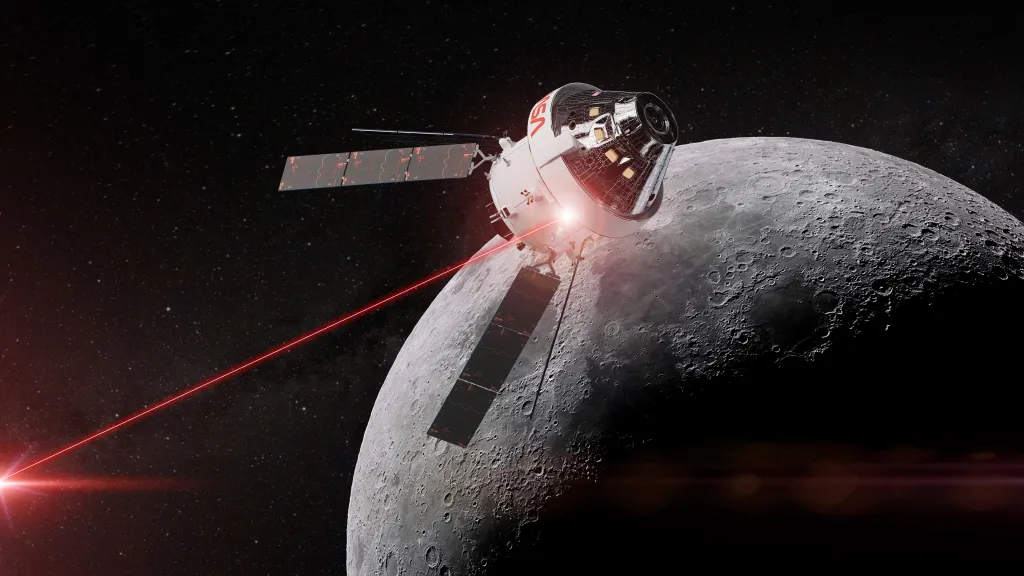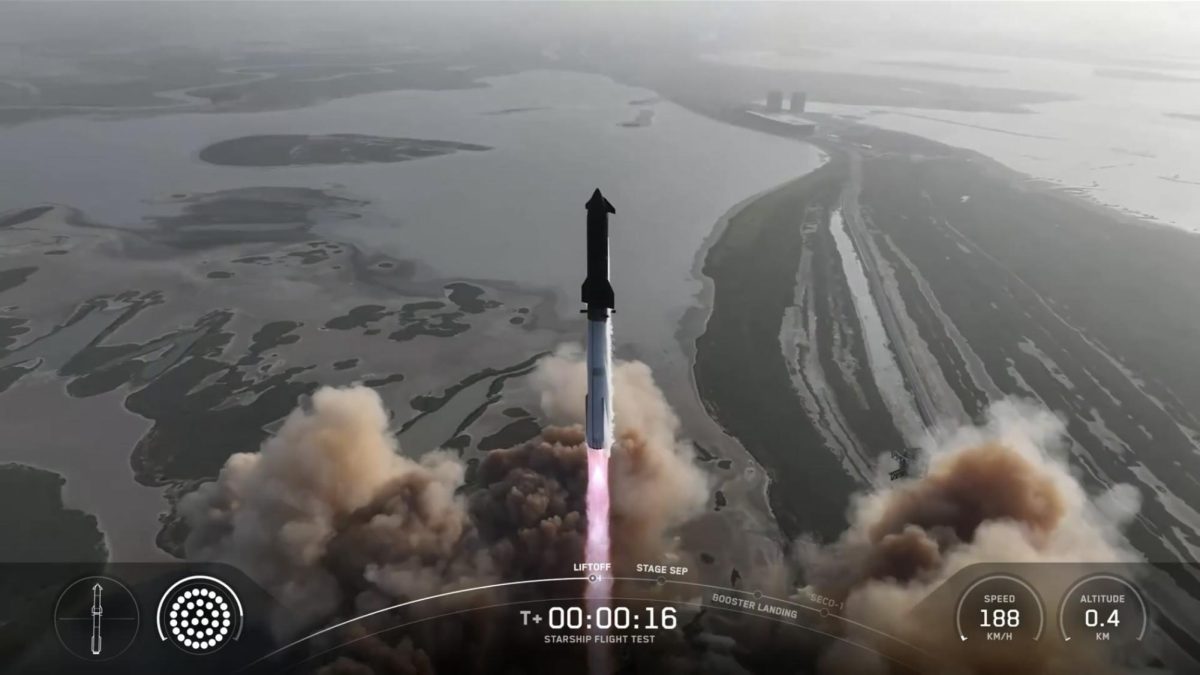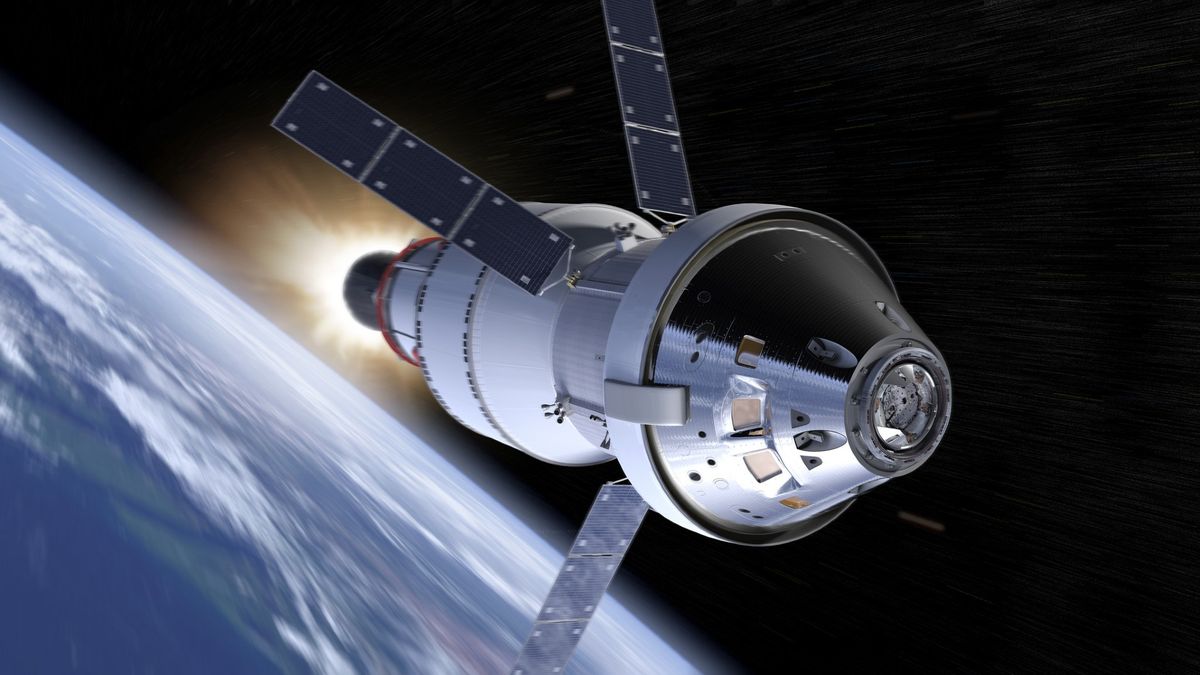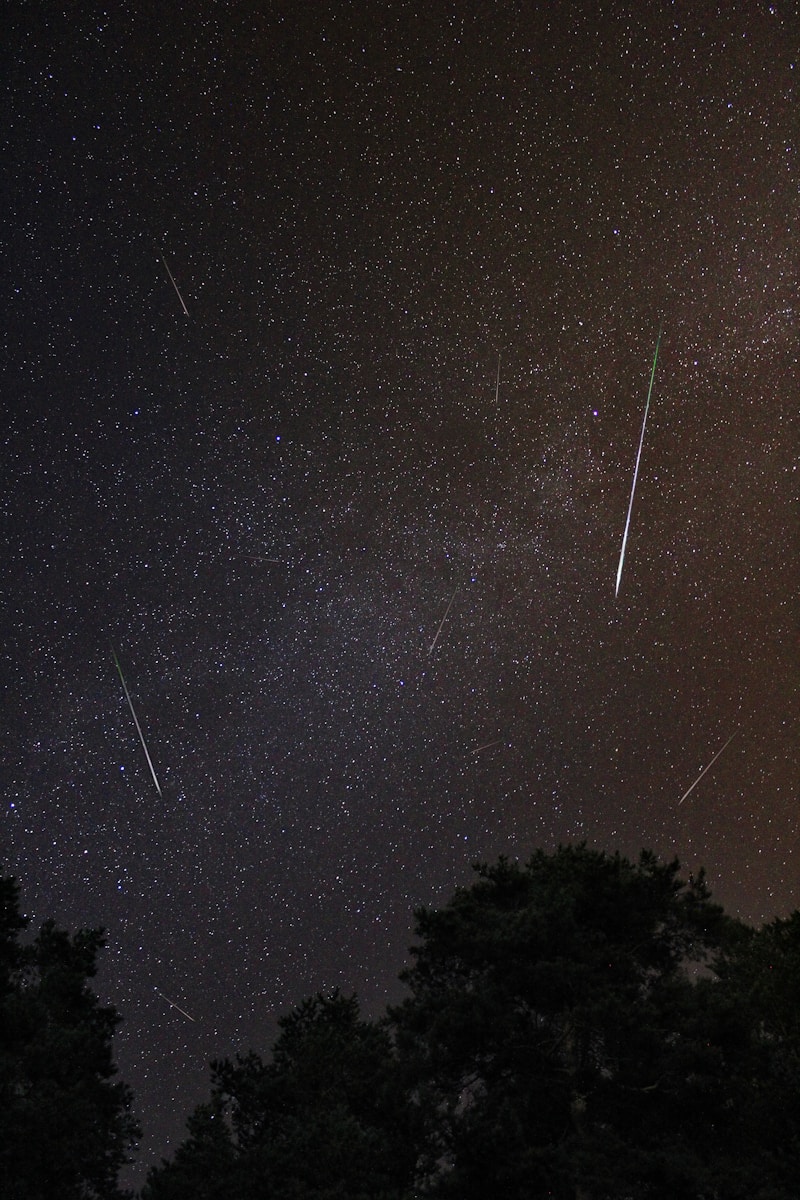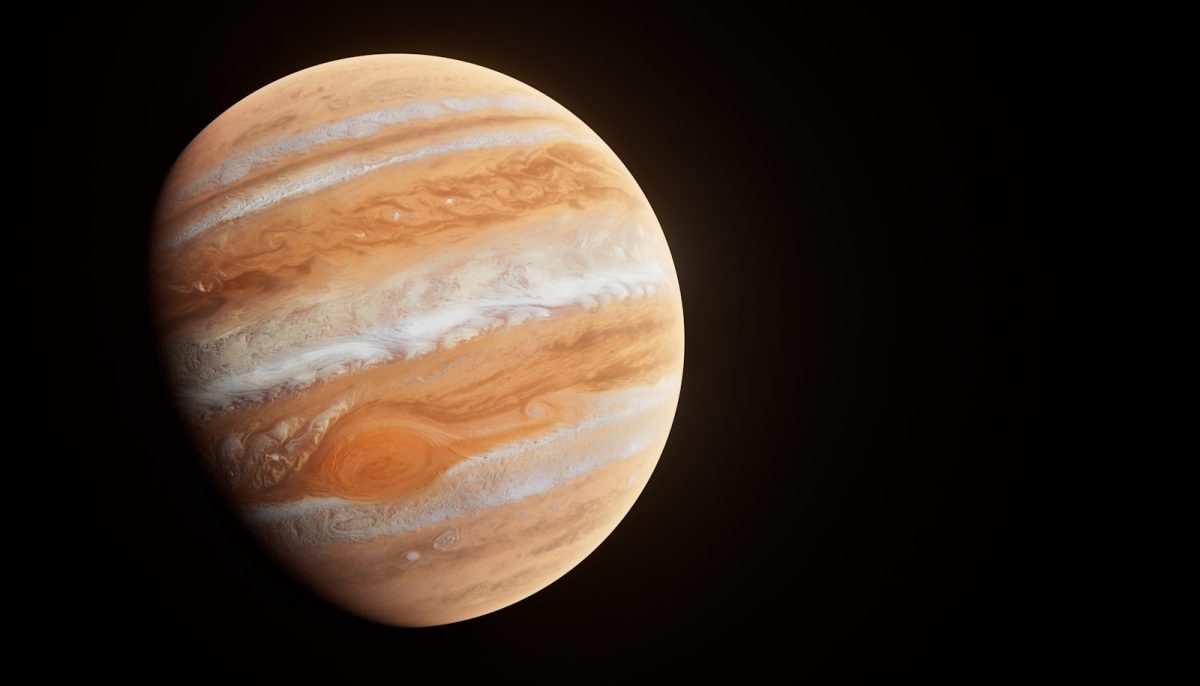For a long time, NASA and other space organizations sought a more efficient way to transmit data. With advancements in technology, NASA developed laser communication. According to NASA, laser communication radio devices (LCRD) enables data and information to travel 10 to 100 times faster than older data transmission systems.
In addition to being faster, these new communication systems are also more versatile. They are lighter, smaller, and require less power. To demonstrate the efficiency of laser communication, it would take approximately two and a half months for a radio frequency system to transmit an entire map of Mars back to Earth. In contrast, it would only take nine days using laser communication.
In 2023, NASA sent a laser communiction demonstration called the Integrated LCRD Low Earth Orbit User Modem and Amplifier Terminal (ILLUMA-T) to the space station. LCRD, launched in 2021, will work together with ILLUMA-T to conduct NASA’s first double way, end-to-end laser system.
How Laser Communication is Created:
Laser communication utilizes infrared light. This light, although invisible, can transmit and receive data more quickly and effectively, almost like a giant TV remote. This data helps scientists gain more information about space and helps facilitate new space discoveries.
Related Stories:
NASA’s First Two-way End-to-End Laser Communications Relay System
NASA’s Laser Relay System Sends Pet Imagery to, from Space Station
Take Action:
